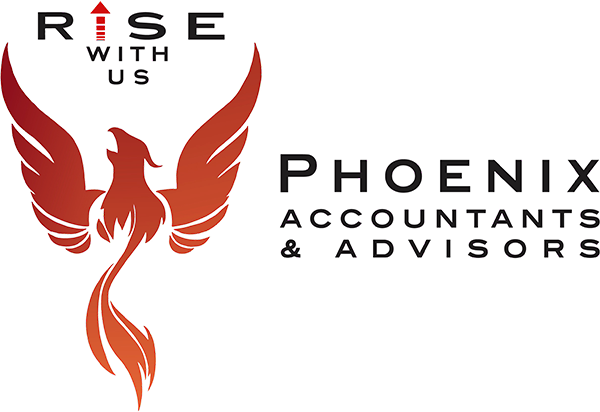Cash is King
- January 22, 2016
- Posted by: Phoenix Consultancy
- Category: Business plans, Finance & accounting, Franchising, Funding trends

Running out of cash is every business owner’s nightmare:
Cash flow management is the lifeblood of any organisation and is especially true for growing businesses. It’s vital in efficient running of the operations and for the long term sustainability of the business. Many business owners don’t realise that in a growing business, rising sales often translate to “reduced” cash. We have often heard business owners say, “we did all the right things i.e. grew sales, got good projects with great margins but don’t know what happened to our cash – it’s gone!”
The honest truth is that business owners know the importance of cash flow, the elixir of business, but lack the tenacity to manage it effectively.
Cash flow management in simple words”is your ability to manage and plan your future cash requirements based on your business activity to avoid insolvency”
Cash flow management acts as a siren or an early warning system for the business. It helps to explain how the business is tracking, when you need to collect payments, when bills are due and when you need help.
3 WAY FORECAST:
Use 3 way forecast as a planning tool to aid you in understanding the growing needs of your business. It combines your profit and loss, balance sheet and cash flow projections. If you need a loan or have debt covenants, a 3 way forecast is generally a “must have” from banks!
- Ideally prepare 12 weeks rolling “3 way forecasts” as a bare minimum. If the business is struggling you can increase the frequency to daily.
- The key is to review your 3 way forecasts regularly to ensure you stay on top of your commitments.
- Use automation tools such as CALXA (works well with Xero or MYOB or Quickbooks) or similar applications to simplify your cash flow forecasting requirements;
Let’s take a closer look at the main components of cash flows i.e. operational inflows and outflows, and some tips on how best to manage them,
OPERATIONAL INFLOWS:
These consist mainly of Receivables which represents services you have rendered and/or products you have sold to your customers on credit. Many businesses feel bad when chasing their customers to pay their bills on time. You shouldn’t be – it’s your money.
What can you do to improve your operational inflows ?
1)Promptly bill your clients as soon as the job is done or product delivered;
2)Follow up your outstanding invoices with vigour, use applications like Debtor Daddy;
3)Offer Early Payment Discounts (EPD) via credit notes to prompt your customers to pay earlier than their payment terms. EPD of 0.25% for payment in 7 days works to be cheaper alternative compared to a loan @ 10% for the full payment term;
Consider an invoice of $100,000 with standard 30-day payment terms
- A loan from the bank to fund your working capital @ interest rate of 10% for 30 days– cost to the business will be $822 ($100,000 @ 10% * 30/365)
- Compared to EPD – the cost will be $250 ($100,000 @ 0.25%)
- saving of $572 on interest payments as you would not need the bank loan for 23 days;
4) Review invoice factoring or discounting of invoices through financial services companies. They can pay you up to 80-85% of the invoice value today, which can be used to fund your growth cycle, with the remaining balance when funds are received from your client minus their fees;
5) Use your 3 way forecasts to help you track your shortfall and get a short term line of credit from your bankers to cover it. Bank overdrafts are generally 5% dearer;
6) Sale and leaseback of assets such as equipment, machinery etc. also provides some essential funding in the time of need.
OPERATIONAL OUTFLOWS:
These consist mainly of Payables representing payments to employees, suppliers for inventory or expenses (capital or operating), financial commitments (debt), and taxation related payments.
What can you do to improve your operational outflows ?
7) Review your headcount regularly to ensure you have the right resource for your business;
8) If possible, reach out to your major suppliers to extend payment terms in times of stress;
9) Regularly apply cost management/cost control techniques by review your operating costs. Ask your suppliers for discounts, reduce if not eliminate discretionary expenses etc.,
10) Review your inventory levels and turnover ratios. Offer discount on old, obsolete or last season’s stock to reduce stock levels resulting in reducing your inventory holding cost and freeing up cash;
11) Review acquiring major assets (machinery, trucks, computers etc.,) on leases instead of outright purchase. You should base this on lease vs. buy analysis using net present value methodology;
12) If you foresee an issue with cash flows – request the tax office for a payment arrangement;
If you’re interested in seeing what we can do for you, get in touch today by calling 08 6444 6311 or emailing lavishab@phoenixconsultancy.com.au
